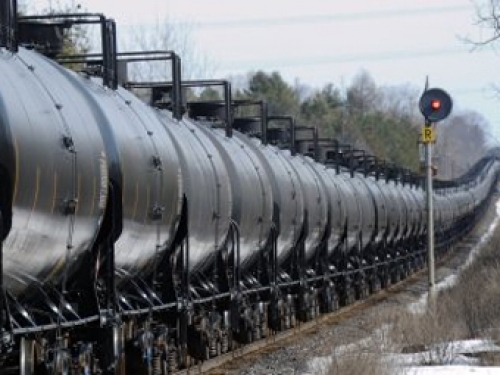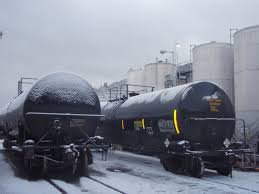Railcar Heater

The use of a railcar heater for tank car heating is essential for the transportation and unloading of a variety of fluids for manufacturing purposes. Many of these liquids, such a caustic soda, corn syrup, oil, or molasses, cannot be unloaded unless they are heated through means of a rail car heater or thawing system. Customization as well as various mounting systems for a railcar heater can be facilitated.
The Open Coil Railcar Heater – More Cost-efficient for Industry
Both the finned tubular and open coil railcar heaters are designed for the purpose of heating a railcar and are used for a broad range of space heating applications. The open coil design for railcar heaters is made specifically for utilization in railcar system technology. This type of design is more efficient than the regular HVAC design in that the high voltage terminal insulators that are used have quadruple the creepage distance between terminal and ground – all which translates to two inches over the railcar surface versus the .5 inches used in similar conventional heater designs.

Design Advantages of Using the Open Coil Design
The design advantages associated with open coil style railcar heaters eliminates the need for any secondary electrical insulation. Coil and terminal insulators used in this type of heater design supply the required electrical creepage for a maximum of 800 volts. Comparatively, finned tubular elements used for railcar heaters need to be mounted on secondary insulators. The insulation located between the coil of the heater and its sheath is insufficient to meet the required spec.
Time is Money When It Comes to Transporting Liquids by Rail
The open coil design then is beneficial for a variety of railcar heating applications. Because of its insulative qualities, it is not only a practical way to keep a railcar heated, it also extends its reach to more uses and heating applications. A good percentage of tank material can become frozen to the inside of a railcar when the tank travels through varying low temperatures. Therefore, using a railcar heater can save on the expense of transport liquids that are frozen can result in manufacturing delays. Time is money. Therefore, climate plays a big part in this adage in the rail shipping industry, especially when it comes to transporting liquids. The lower the temperature, the more important the need for finding a railcar heater that can be used to heat a varied range of liquids.
To get more information about your need for a railcar heater please contact INDEECO at https://indeeco.com/.
